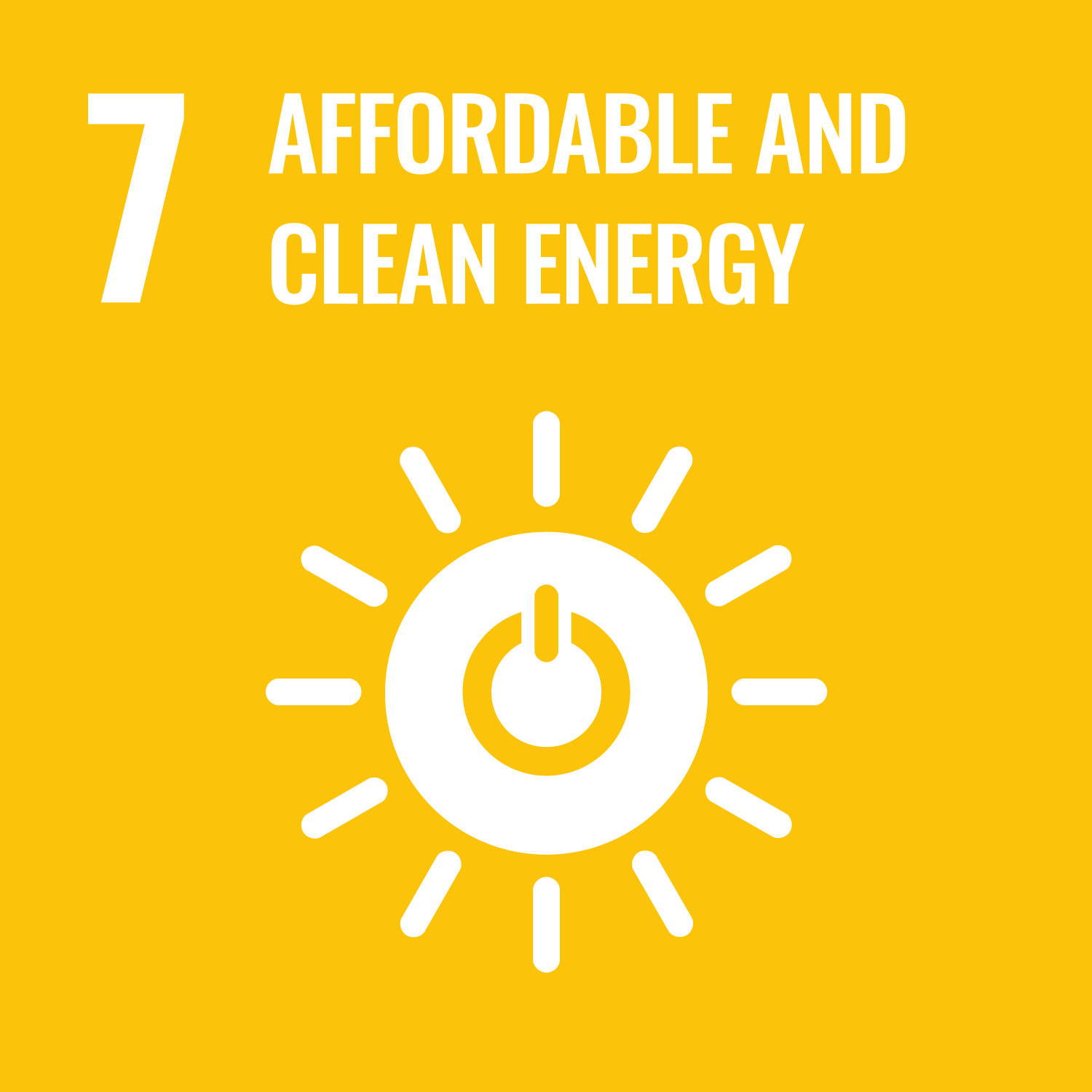ORCID
- Martyn Hann: 0000-0003-3965-9331
- Deborah Greaves: 0000-0003-3906-9630
- Alison Raby: 0000-0002-8959-0080
Abstract
© 2017 The Authors This paper concerns experimental measurements of the interaction of a taut moored floating body, representing a point absorbing wave energy converter in survivability mode, with extreme waves. The extreme waves are modelled in four ways. NewWave theory is first used to generate focused wave groups of varying steepness. Steepness is shown to have negligible effect on peak mooring loads, but causes significant differences in the resulting motion. The NewWave group is then constrained into both regular and irregular background wave trains so that the floating body has a load history caused by previous waves when interacting with the focused wave group. It is shown that an independent focused wave group is insufficient to properly model the extreme response of the floating body. However differences between the target and measured constrained time series due to non-linear wave-wave interaction limited the potential benefits of this approach. Finally the results from these tests are compared with measurements taken using irregular waves without any deterministic focused wave groups present. This comparison found cases where the floats response was greater than during any of the constrained NewWave tests, indicating that the assumption made that NewWave will generate the largest response was incorrect in this case.
DOI Link
Publication Date
2018-01-15
Publication Title
Ocean Engineering
Volume
148
ISSN
0029-8018
Acceptance Date
2017-10-15
First Page
33
Last Page
42
Recommended Citation
Hann, M., Greaves, D., Raby, A., & Howey, B. (2018) 'Use of constrained focused waves to measure extreme loading of a taut moored floating wave energy converter', Ocean Engineering, 148, pp. 33-42. Available at: 10.1016/j.oceaneng.2017.10.024


